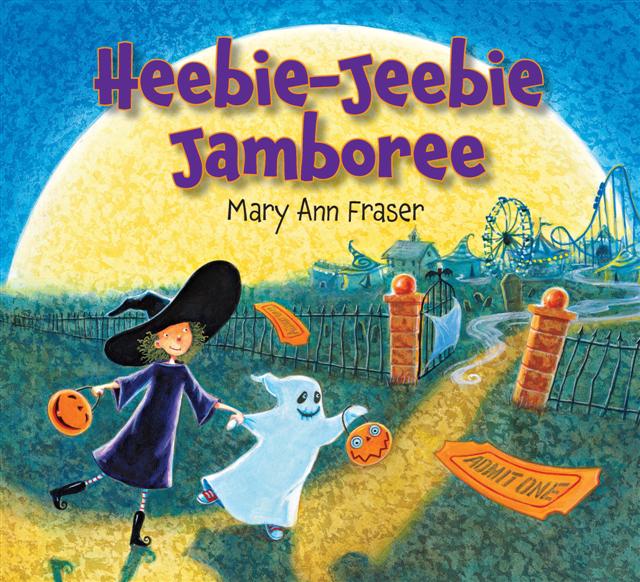This is the final installment of my conference rehash. If you’ve been following along, you already know what a fun, information-packed event it truly was and why I wanted to break this into several posts.
Sunday was no less info-packed than the previous two days, except by now my eyes are beginning to glaze over from all the amazing art I’ve seen and my brain is verging on overload.
The morning began with two outstanding panels. The first was the AGENT PANEL which included Jill Corcoran of the Herman Agency, Deborah Warren of East West, Linda Pratt of Wernick and Pratt, and Josh Adams of Adams Literary. As always, it is very interesting to hear the agent’s perspective, since their business is as much about devloping an author’s career as it is about selling content. As a group they encouraged authors to think strategically about their careers. (You mean we don’t just do this for fun?) Their advice: ask if each new book is moving your career sideways or elevating it. Ask if a particular project is worth your time and will show you at your best. It doesn’t help to take just any old job that comes your way. They said that a common mistake is not establishing a body of work and that there is a strategy to placing that second title. They also noted that if you are fortunate to publish a book and it sells well, be prepared to deliver year after year with subsequent titles. The time between book releases has become shorter and shorter. When asked what is a reasonable advance, the audience was informed that advances were never intended to cover living expenses. (Okay, this did not make me feel the love.) The goal for all authors now more than ever is to sell as many copies as possible to get to the royalties. They concluded with: think positively, cherish your gift, and remember the joy in what you do. Truer words were never spoken.
The second panel discussed THE DANCE BETWEEN PICTURES AND WORDSand featured the amazing Dan Yaccarino, Jon Klassen, Antoinette Portis, Lee Wardlaw, and Eugene Yelchin. It quickly became obvious to anyone present that as picture books become more visual, the illustrators’ responsibilities grow proportionally. I loved that they reminded us to write for the five -year-old within; we are the first audience. And whenever someone tells you to look for where the rules can be broken, you know you’re listening to a truly creative individual. They also recommended that we layer material in a picture book so that anyone–child-parent-teacher–can get something from the story. Finally they said to shoot for clarity . These were just some of the many gems offered by this pool of talent.
Perhaps one of the best presentations I saw all weekend was delivered by Matthew Kirby who spoke on VOICE. When you consider that voice cannot be taught and can barely be defined, you get aglimpse at the challenging topic Kirby had to tackle, and it is certainly something that has mystified me on more than one occasion. He contended that voice must be cultivated and that it is the intersection between the words you choose and character. It has to be approached indirectly and be derived in an organic manner. If it is forced, then it will come across as inauthentic. (Hey, and isn’t that the last thing anyone of us wants to be–inauthentic? Egads!) He said since everyone chooses words differently, each person’s voice will naturally be unique. Takes the pressure off, don’t ya think. His final bit of wisdom? Subscribe to A WORD A DAY.
Every year I look forward to the Golden Kite Luncheon. It is a chance to gather with others and share favorite moments. It is also a chance to hear from some of the year’s most outstanding authors and illustrators. Awards are presented, cold rolls and pasta are consumed, and then everyone rolls out for the final sessions to be followed by the autograaph party. This year’s luncheon did not diasappoint, nor did the honorees.
The final keynote was a riveting speech by Gary Schmidt. I had recently listened to his book TROUBLE and loved it. He reminded us that the authors job is to ask the reader, “What ails you?” Then we must ask ourselves, “Does the writing serve?” Above all else we must cherish our children and give them the best we have to offer. And isn’t that what it’s all about–the children.
All in all, this year’s SCBWI conference once again exceeded expectations. I came home re-energized, optimistic about prospects for the market, loaded (not with alcohol) with ideas for new projects, and anxious to test out strateguies for salvaging old ones. More than anything, though I returned to my office knowing that I am truly fortunate to belong to such a wonderful community of people who dedicate themselves to providing children with only the best in literature. They deserve no less.






![c06bdc3132a763d2[1] (Small)](https://maryannfraser.wordpress.com/wp-content/uploads/2011/08/c06bdc3132a763d21-small.jpg?w=300&h=300)












